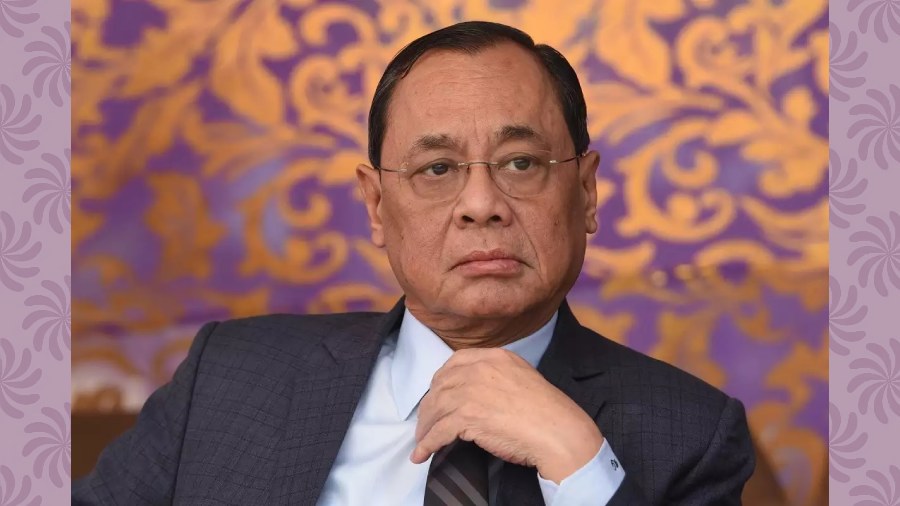Book: Justice for the judge: An Autobiography
Author: Ranjan Gogoi
Publisher: Rupa
Price: Rs 595
Justice for the Judge reveals many of the inner workings of the Supreme Court. As a constitutional court, it plays an outsized role in India’s democracy but its day-to-day functioning remains shrouded in secrecy. But the praise of the book must end here.
As a former Chief Justice of India and a current member of the Rajya Sabha, Justice Ranjan Gogoi has perhaps been one of the most controversial judges of the apex court in recent times. From participating in an unprecedented press conference against the then sitting CJI to presiding over a series of highly significant and controversial decisions, ranging from the National Register of Citizens in Assam to allegation of corruption in the Rafale deal and the Ayodhya land dispute, and, finally, facing allegations of sexual harassment by a court staffer, Justice Gogoi’s tenure attracted public attention and criticism. He avoids describing the book as a defence of his actions but in many ways the book is precisely that. In fact, the very title of the book, “Justice for the Judge”, points to Justice Gogoi’s perception of being wronged in the court of public opinion.
However, much of his defence remains unconvincing — for two reasons. First, Justice Gogoi’s narration of facts is often inaccurate and many of his positions appear inconsistent. For instance, he often vacillates between strict adherence to procedures and what he calls “slight deviations” from laid-down legal processes in the larger “public interest”. Second, in his treatment of these controversies, he comes across as extremely suspicious of and bitter against his critics. Much of this is devoid of deeper reflection; it almost appears as if he had no agency in many of these situations. His defence, therefore, appears less than sincere. The book, thus, misses the opportunity to seriously address the various controversies during his tenure.
Justice Gogoi points to larger systemic issues pertaining to the functioning of the Indian judiciary. One issue is the question of transparency in judicial functioning. He is often critical of excessive transparency and, instead, refers to various incidents where confidentiality was necessary to preserve the reputation of the higher judiciary and its judges. This begs the question whether greater transparency, to begin with, could have avoided such controversies in the first place. Justice Gogoi points out that many of these issues — such as the reputational impact of revealing certain kinds of information about sitting judges — are complex. But surely, the answer is to implement balanced and accountable processes rather than enforce absolute secrecy.
Furthermore, Justice Gogoi’s justifications of some of his judicial decisions show the complete substitution of traditional legal reasoning with considerations for political factors. This unequivocal acknowledgment of political circumstances as a justification for judicial decision-making, which many legal scholars would consider extraneous to legal reasoning, is significant. While the Indian judiciary has always had a reputation of being activist, at least judges have sought to emphasise legal reasoning in justifying their decisions. Justice Gogoi embraces the political circumstances behind his judicial decisions. Even if written judicial opinions of the Supreme Court do not reflect these prudential concerns, the book reveals much about how judges actually arrive at judicial decisions.
Ironically, even though the book does not succeed in what it sets out to accomplish, it achieves a lot regardless










